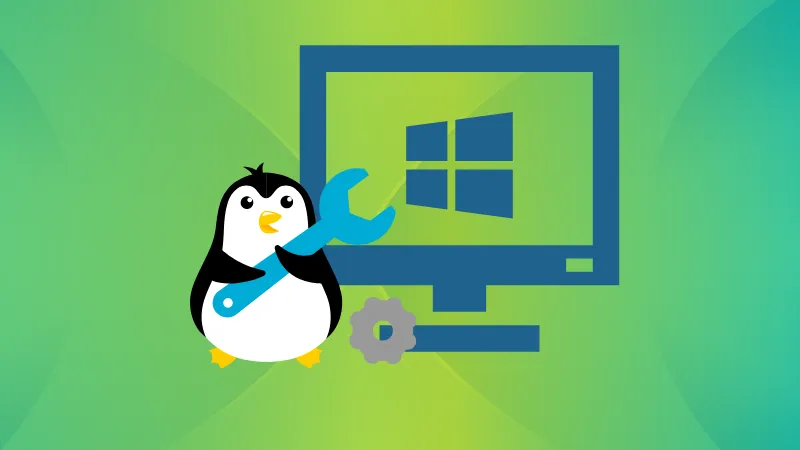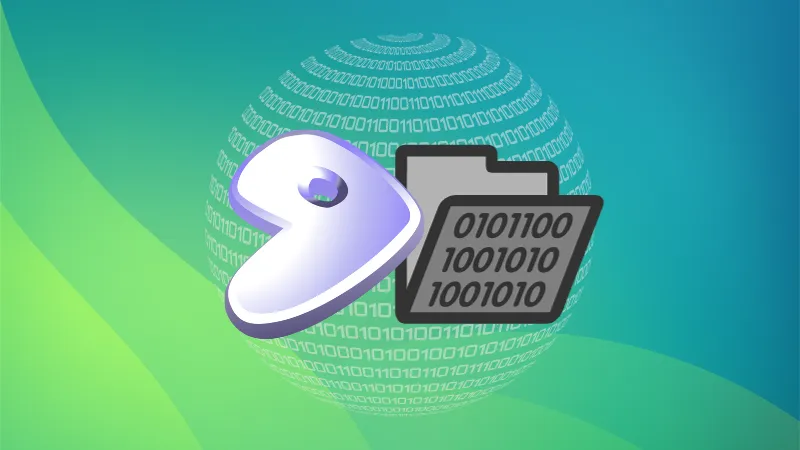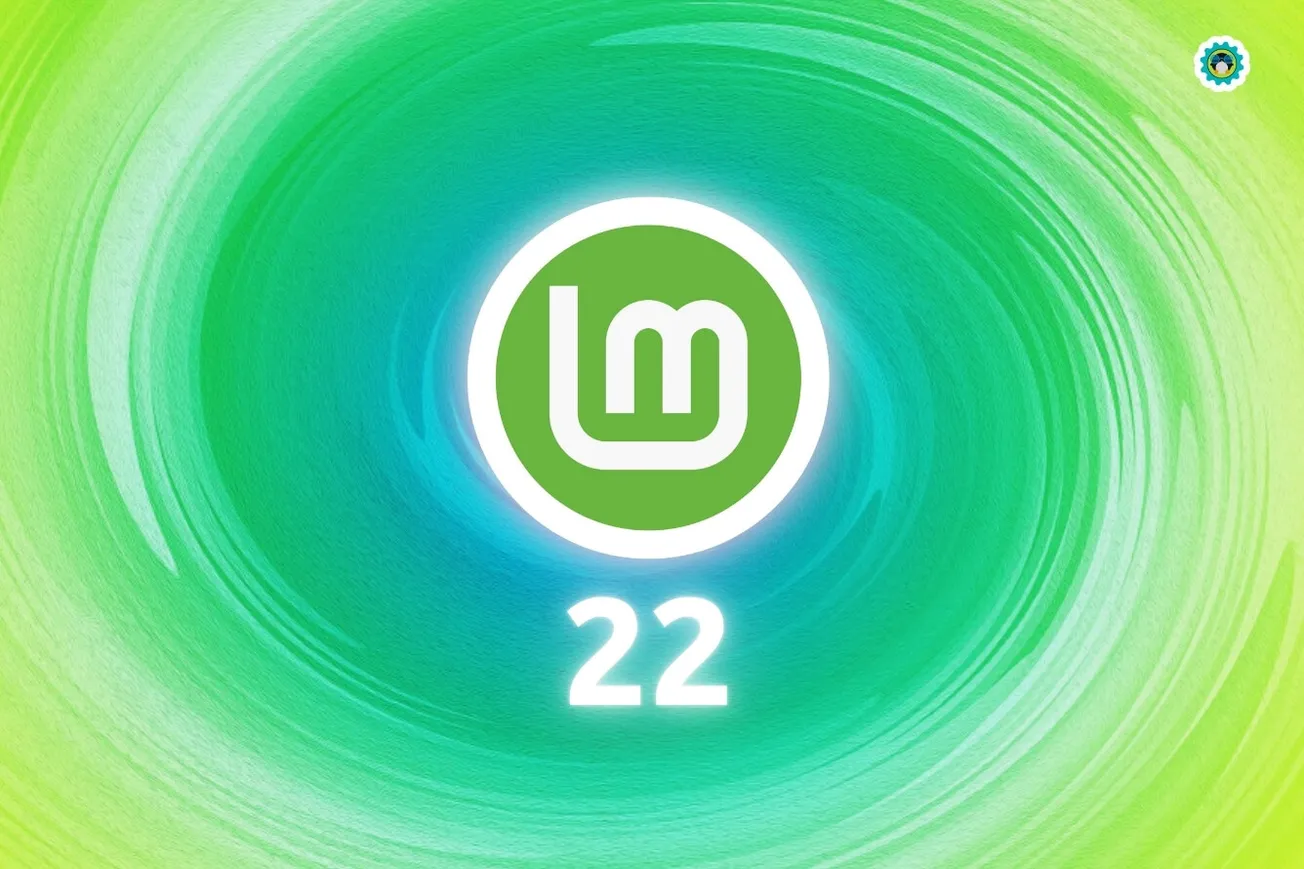
Even if you are not an Ubuntu user, you probably are aware of its release model.
There is a long term support (LTS) release that comes every two year and gets supported for five years. In between the two LTS releases, we see three non-LTS releases that are released at an interval of six months.
The LTS version retains the same kernel (unless you opt for HWE kernel) and it also holds on to various software components to provide a stable production environment.
The non-LTS Ubuntu releases that come in between feature new features from Ubuntu, newer kernel, new desktop environment and newer version of various software available from Ubuntu repositories.
It is no secret that these non-LTS releases work as a ‘testing ground’ for the features that would eventually land in the LTS release.
And this is why I suggest to get rid of these intermediate releases and opt for a rolling release model between the LTS releases. Here me out, please.
Go rolling in-between the LTS releases
The six monthly release schedule gives the Ubuntu developers a tight schedule to work on. It’s good in the way that keeps their objective in focus with a proper roadmap.
But it also builds additional pressure to deliver ‘more’ new features in every release. That cannot always happen if the timeframe is short. Remember how Ubuntu had to drop GNOME 40 from 21.04 because the developers didn’t get enough time to work on it?
Also, it’s not that the end user (like you and me) gets a choice to stay with a non-LTS release. The support ends in nine months, which mean that even if you did not upgrade to the next non-LTS Ubuntu version immediately, you have to do it eventually. If it does not happen in six months, it has to in nine months.
I know you would say that upgrading Ubuntu version is simple. A few clicks, good internet speed and a potential backup will put you on the new Ubuntu version without much trouble.
And my questions is, why bother with that. A rolling release will be even simpler. Let the upgrades come between the LTS releases.
Developers release the new features when it is ready. Users get the upgrades with the system updates continually, instead of doing a ‘major upgrade’ every six or nine months.
See, the people who opt for non-LTS release are the ones who want new features. Let them get the new features through rolling releases. The LTS release schedule remains the same, coming every two years.
Bug testing? Get a testing branch like other rolling releases
When I say rolling, I do not mean rolling like Arch Linux. It should be rolling like Manjaro. In other words, roll out the upgrades after testing rather than just releasing them in the wild.
At present, the new Ubuntu versions have beta releases so that early adopters can test it and provide feedback to the developers. This can be achieved by keeping testing and stable branches, like many other rolling release distributions.
Rolling release or not? What do you think?
I know that hardcore Ubuntu users look forward to every single release. The code name, the mascot, the artwork and the wallpapers, these are all part of Ubuntu’s legacy. Should we break with this legacy?
It’s just my opinion and I am interested to hear yours. Should Ubuntu opt for this hybrid rolling model or stick with the current one? What do you think?
More from It's FOSS...
- Support us by opting for It's FOSS Plus membership.
- Join our community forum.
- 📩 Stay updated with the latest on Linux and Open Source. Get our weekly Newsletter.








